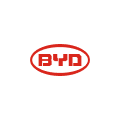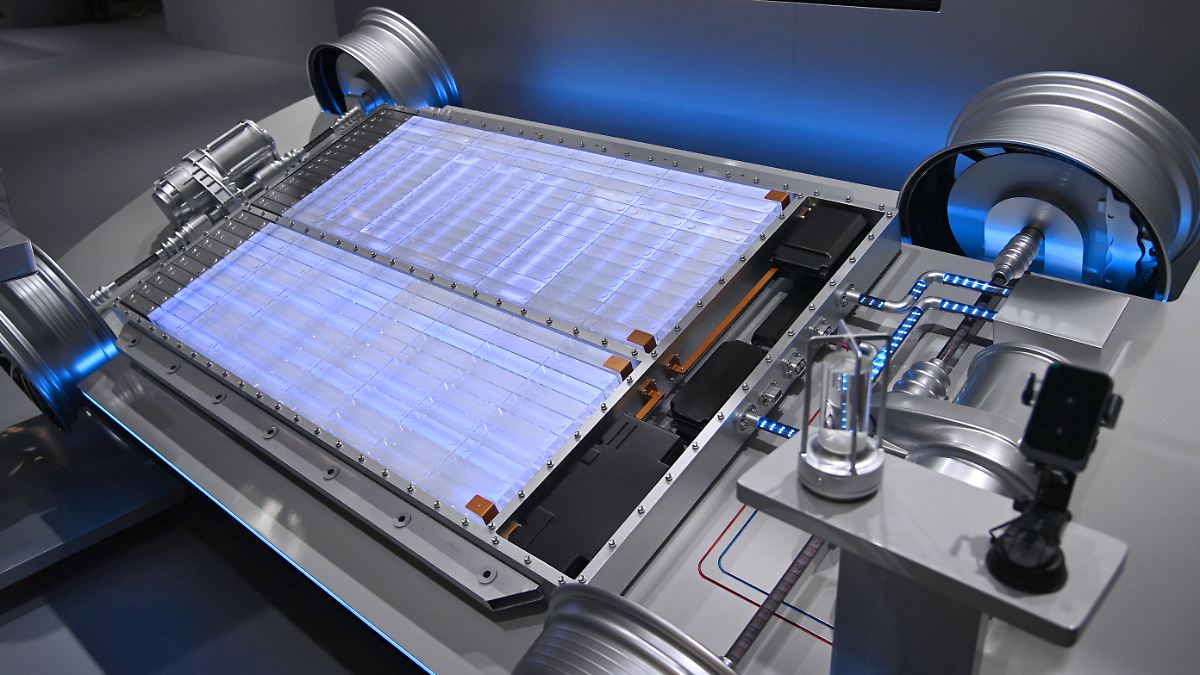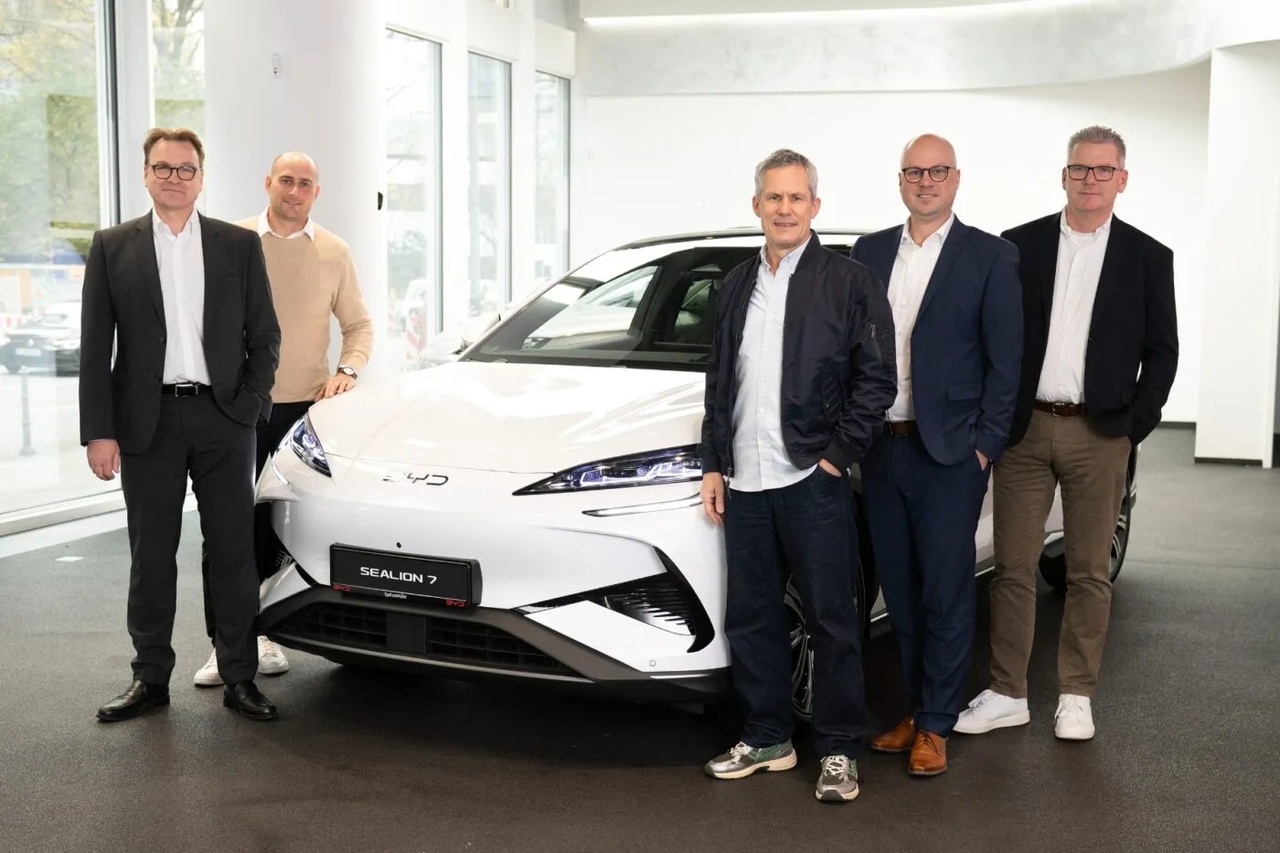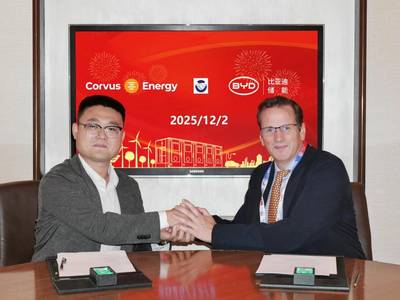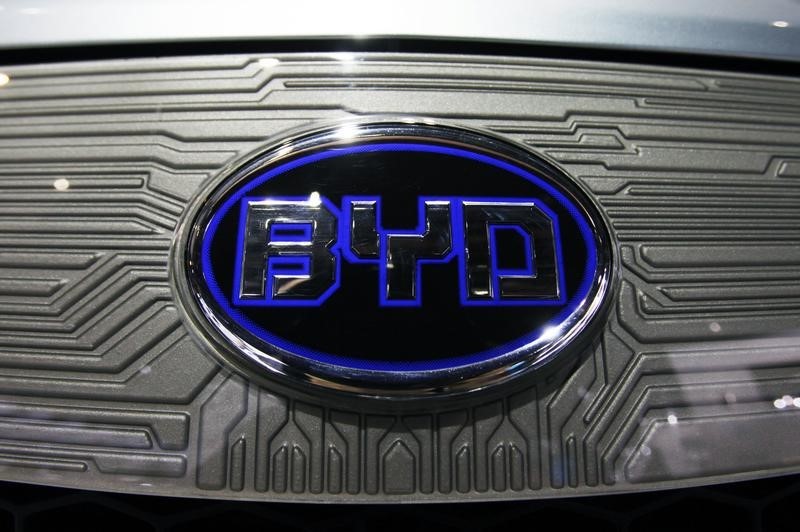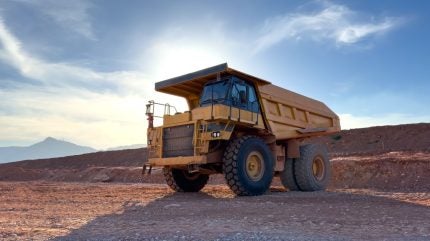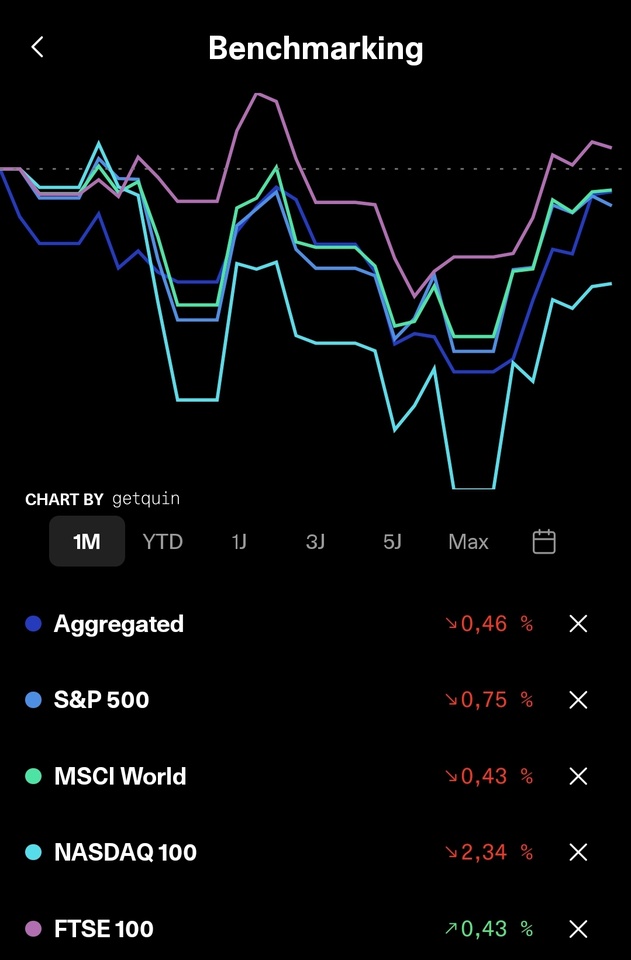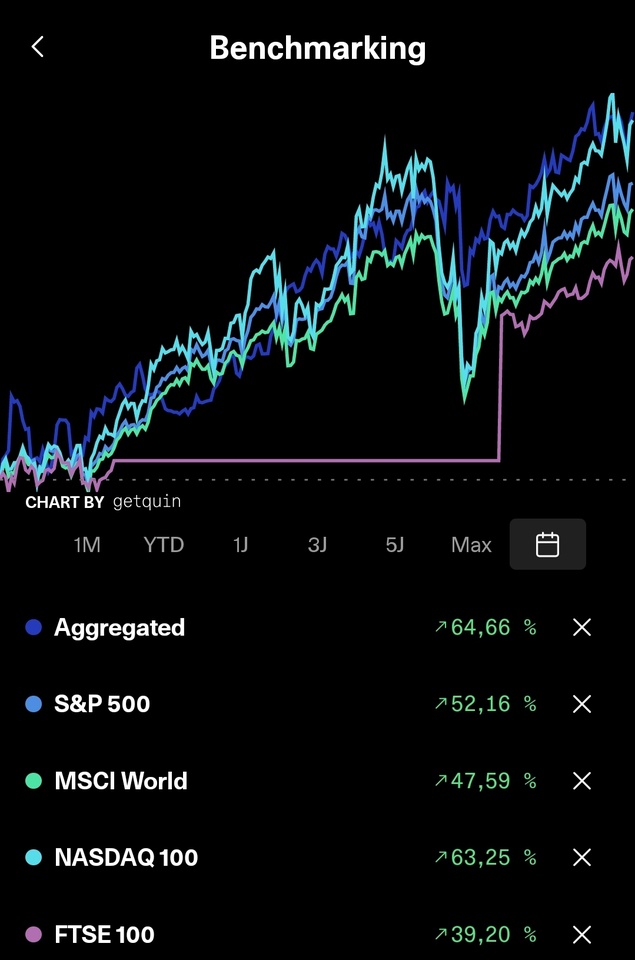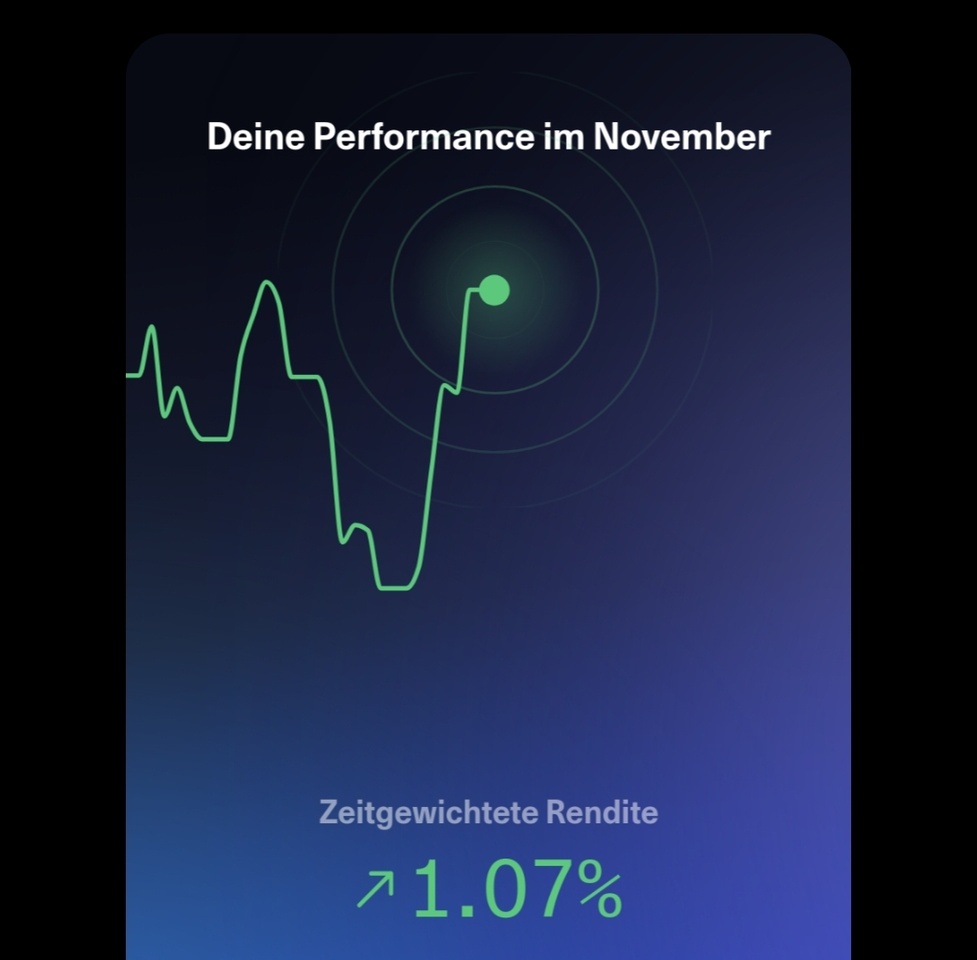The prices for raw materials used in the production of lithium batteries have risen dramatically within a short space of time, in some cases by more than 100 percent.
This could lead to e-cars, grid storage, smartphone batteries and other devices becoming significantly more expensive.
Last May, the industry information service "Carbon Credits" reported that the supply of lithium was still exceeding demand. The oversupply, which had persisted for some time due to a strong boost in the production of lithium carbonate, lithium hydroxide, lithium chloride, etc., had led to very low battery prices, among other things.
According to BloombergNEF, the price of lithium-ion batteries fell from USD 166 per kilowatt hour (kWh) in 2022 to USD 115 in 2024.
However, as early as the spring of this year, analyses showed that the ratio would soon reverse and demand for lithium would far exceed supply.
Now the time has come and lithium prices have started to go through the roof.
The price of lithium carbonate, which is needed for the production of battery cathodes, has exceeded 94,000 yuan/ton (USD 13,300), writes " CarNewsChina ", and in November alone the raw material became 16 percent more expensive. According to "Carbon Credits", the price of lithium carbonate in China shot up from the equivalent of just under USD 8260 on June 23 of this year to around USD 13,000 on November 26, an increase of 57 percent.
The price rises are taking place across the industry. Among others, Hunan Yuneng New Energy has announced that it will charge the equivalent of around USD 425 more per tonne in future.
Among others, the company supplies the e-car manufacturer BYD $1211 (+0.15%) and the world's largest manufacturer of lithium-ion batteries CATL $3750 (+2.4%)
And the prices are passed on.
Lithium battery producer Deja Energy, for example, announced that it would be increasing the price of its products by 15 percent from December 16.
》Some prices have already more than doubled《
The prices for some lithium products have already exploded recently.
Lithium hexafluorophosphate, for example, which is used as a conductive salt in liquid electrolytes for batteries, has jumped from 7800 to 17,000 US dollars in just two months, which corresponds to an increase of around 118 percent, writes CarNewsChina. The price of the cathode material lithium cobalt oxide has even risen by more than 150 percent from 19,850 to 49,600 US dollars.
According to "Carbon Credits", the sharp rise in prices is partly due to statements made by the chairman of Ganfeng Lithium, Li Liangbin.
His company is one of the world's four most important lithium groups and covers almost the entire value chain from extraction to the manufacture of specialty products. In mid-November, Li predicted that global demand will increase by 30 to 40 percent by 2026.
》Supply gap threatens to become dangerously large《
In addition to rapidly growing demand for lithium, which is mainly driven by electric vehicles and grid storage systems, a shortage of raw materials is also a price driver. Some Chinese mines stopped production at the beginning of the year due to falling prices.
"Carbon Credits" also points out that global lithium production is concentrated in just a few countries. Australia leads the way with around 60,000 tons per year, followed by Chile (35,000 tons), China (25,000 tons), Argentina (18,000 tons) and the USA (5,000 tons).
Production is likely to increase again as prices rise, according to industry estimates by 10 percent annually. However, the situation could continue to deteriorate dramatically over the next ten years.
Analysts at Katusa Research expect demand to exceed supply by around 1,500 tons in 2026. By 2030 it could be 33,000 tons, and by 2035 a whopping 386,000 tons.
https://www.n-tv.de/technik/Preise-fuer-Lithium-Akkus-koennten-durch-die-Decke-gehen-id30154477.html
